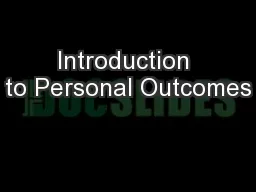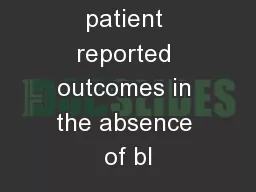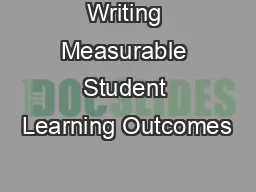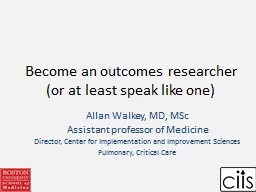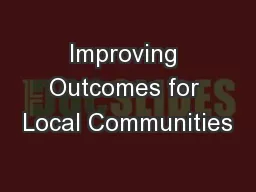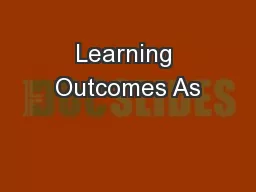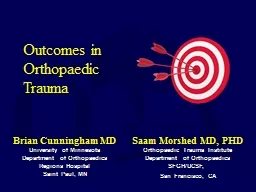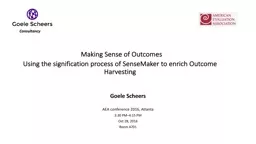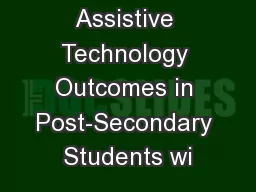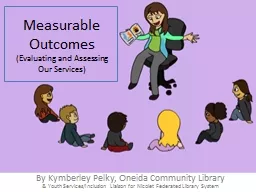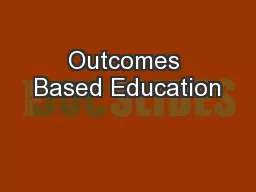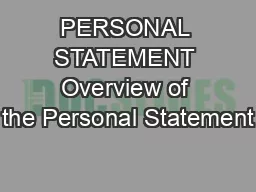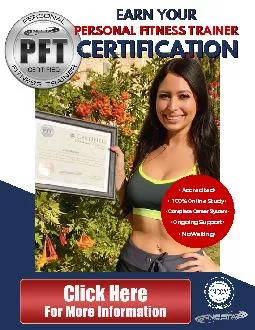PPT-Introduction to Personal Outcomes
Author : pamella-moone | Published Date : 2018-03-19
and Asset Based Approaches The ability to have good conversations is at the heart of engaging with people around their personal outcomes March 2017 Ross Grieve
Presentation Embed Code
Download Presentation
Download Presentation The PPT/PDF document "Introduction to Personal Outcomes" is the property of its rightful owner. Permission is granted to download and print the materials on this website for personal, non-commercial use only, and to display it on your personal computer provided you do not modify the materials and that you retain all copyright notices contained in the materials. By downloading content from our website, you accept the terms of this agreement.
Introduction to Personal Outcomes: Transcript
Download Rules Of Document
"Introduction to Personal Outcomes"The content belongs to its owner. You may download and print it for personal use, without modification, and keep all copyright notices. By downloading, you agree to these terms.
Related Documents

